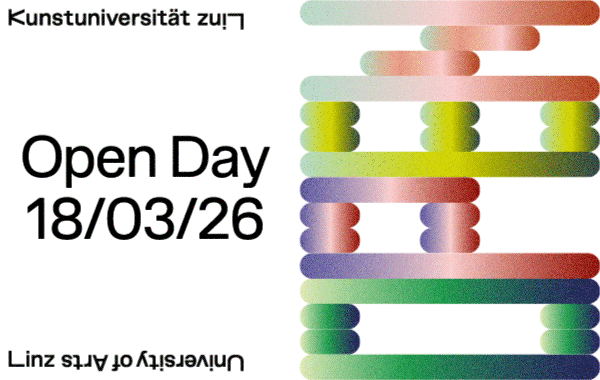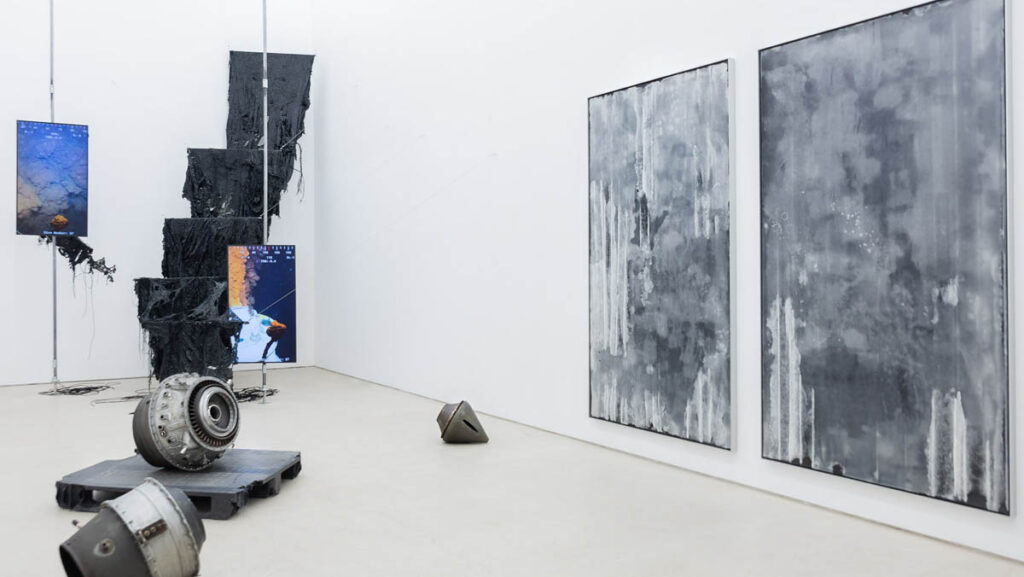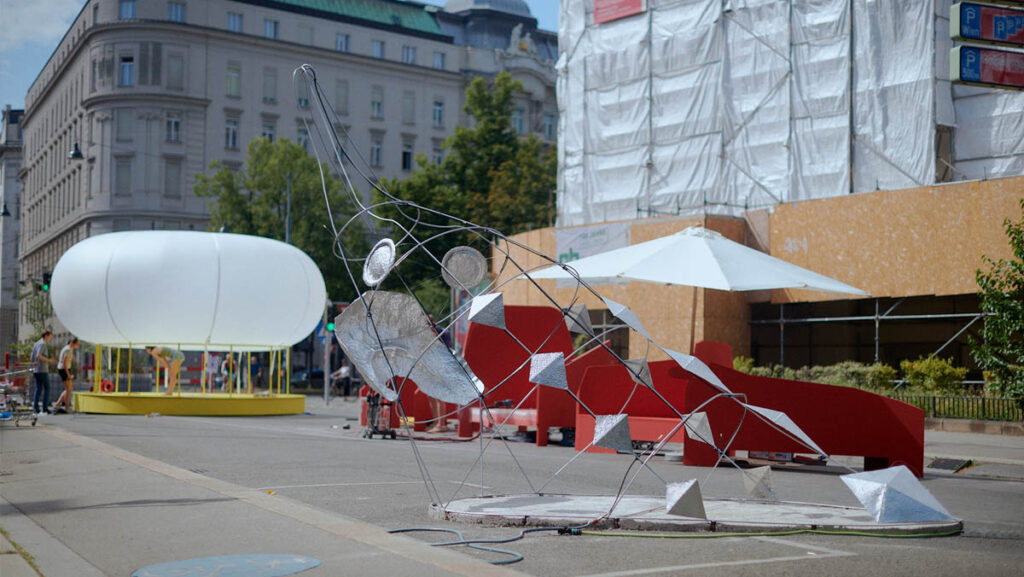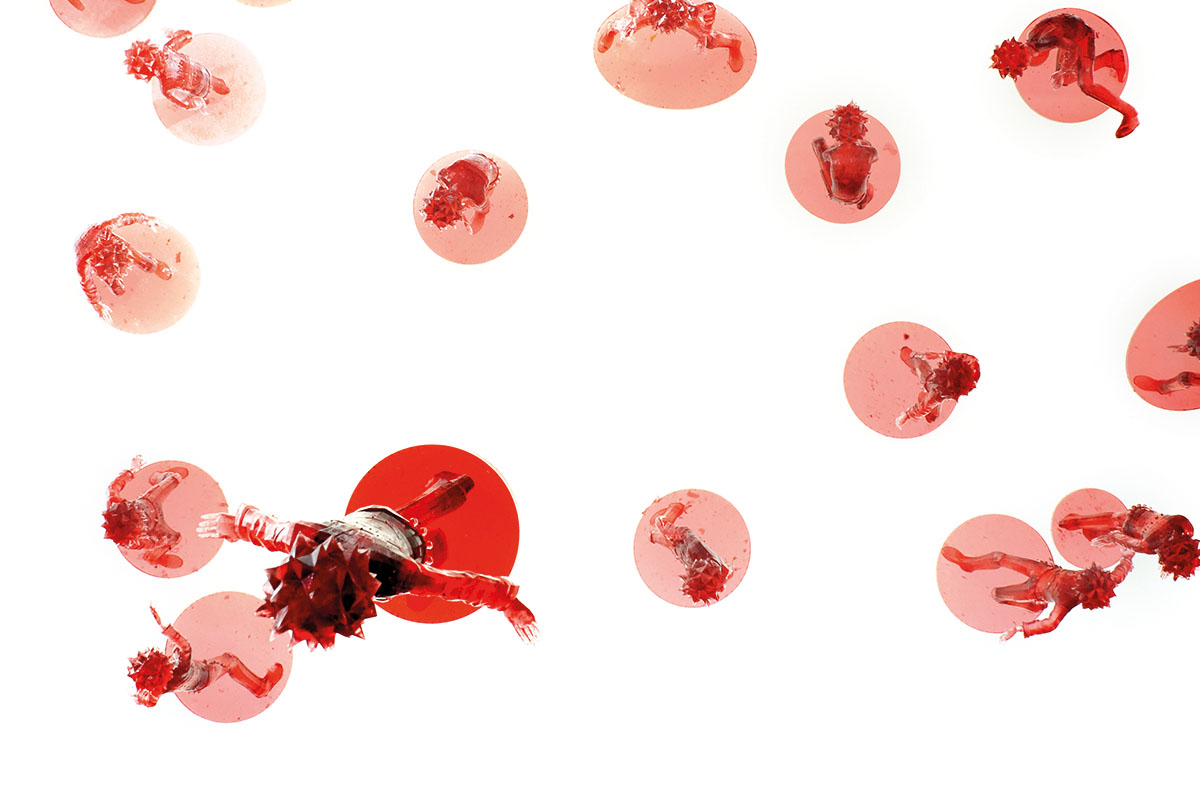
The Independent Space Index was founded in 2017. How did it come about?
Francis Ruyter: A group of spaces became aware of each other around the time of this conference: “It might be brilliant; it’s not new…” That event took place at Kunsthalle Wien in October 2017. Groups then began meeting monthly to discuss topics of interest, share relevant information, and explore other spaces. Before the end of the first year, an idea for a festival to make the spaces more visible emerged.
Since 2017, a lot has changed in the city. How have you experienced these developments?
Francis Ruyter: It feels to me that things are opening up a bit, that more people are staying here after their studies, and more people are moving here after studying elsewhere. There are a lot more solidarity efforts than before, and a bit more movement between circles. Maybe the pandemic behind us had something to do with that.
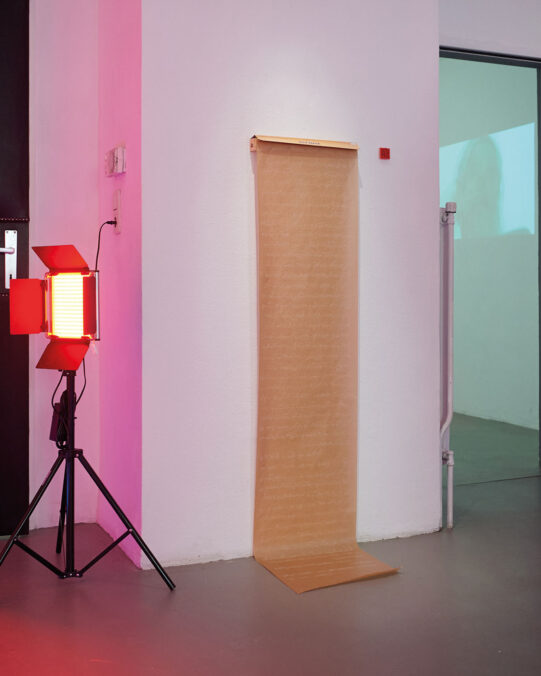
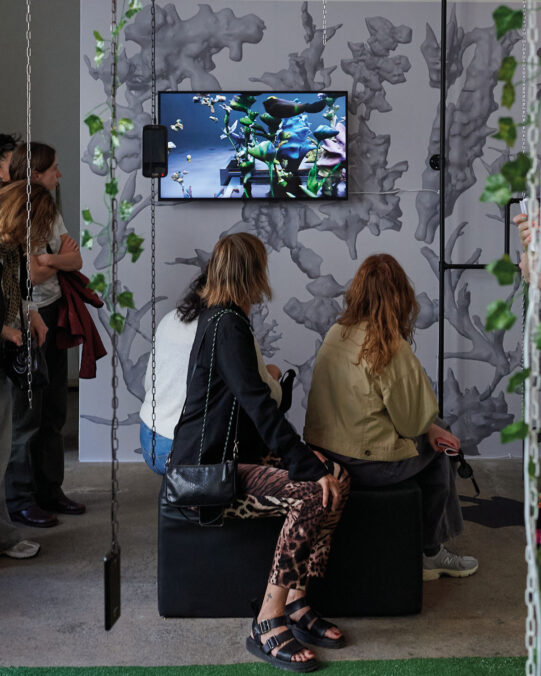
How did you experience the Independent Space Index weekend 2025 edition? What were your impressions?
Francis Ruyter: I have a sense that the festival is starting to be something more recognised and planned for in some spaces, and that especially is coming from the artists exhibiting, which I think is great. I heard from visitors from out of town that they were happy to have this meeting place each day, where we had the talk series. I think that was a nice new feature, along with the guided tours, which made the festival a bit more accessible to new visitors. After a few years, it is clear that while there are a few clusters that make certain areas easier to visit, the changes that regularly happen keep this from becoming too influential on visitor experience, and that the timing of the openings and events (not to mention the weather) can influence how people travel around. Every year, the focal points change. This year, we started to get more mainstream press, which I hope translates to more year-round curiosity about the work that spaces in the network do.
Bruno Mokross: Jumping on a bike or scooter and rushing through town to visit a lot of exhibitions in a short time is what I love most about the festival weekend. You get to see new parts of town, bump into friends and colleagues on the streets, and exchange ideas with them. People are visiting from abroad. There is a shared spirit of excitement, community, and exploration. Every year, I discover something new.
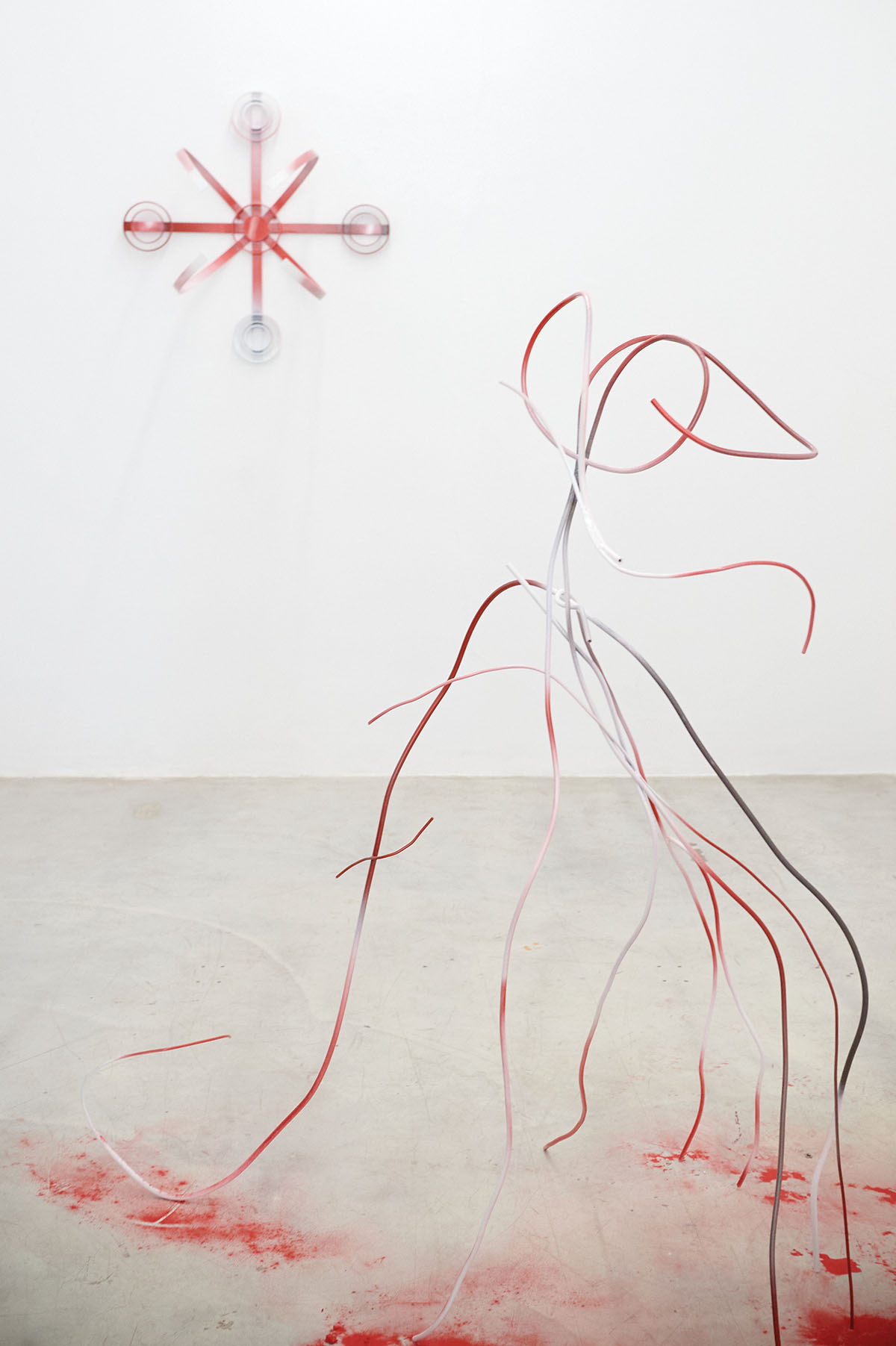

What has been positive in the process, and what would you like to develop further and continue in the future?
Francis Ruyter: There’s been an exponential increase in visitor numbers, not least due to the number of participating locations, which has been bigger than ever. More and more spaces are taking the opportunity to develop an exhibition specifically for the festival, which is very exciting. The number of shows to see is overwhelming, so for the years ahead, we’re developing new strategies to help visitors navigate the festival weekend. Opening up our morning routine to the public and starting each day at Kunsthalle am Karlsplatz has been a great opportunity to exchange tips and experiences with fellow festivalgoers. We’re also continuing the discourse around each of our projects, sometimes more publicly, sometimes less so. It’s always been a work in progress, with each festival edition being a sketch for the next one.
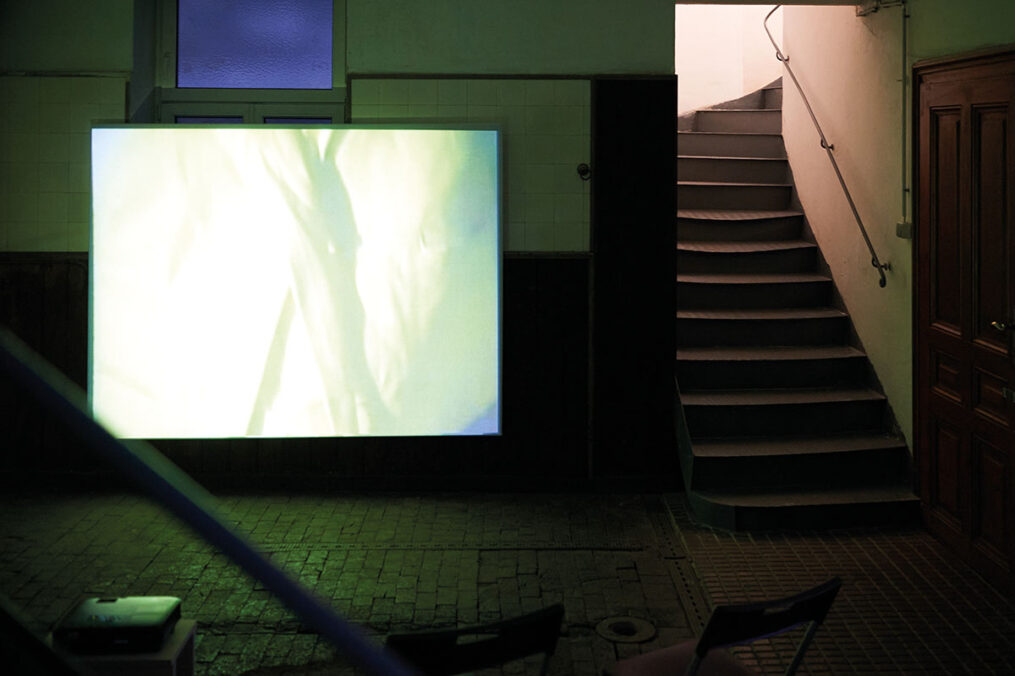
What do you personally appreciate about Vienna?
Bruno Mokross: Its scale, its tight-knit overlapping networks, its scepticism, its idiosyncrasies, its harsh chill, its beauty. A polemic of „Vienna never changes“ is unnecessary; it does, but there’s not much external pressure. I believe there are numerous opportunities for experimentation and participation available here.
In Vienna, numerous openings are happening every week, and it feels like a new space pops up almost every month. These spaces are also becoming increasingly popular among tourists. How is the city responding to this development?
Bruno Mokross: The city is supporting the festival itself through various sources: Wirtschaftsagentur Wien, the cooperation with Kunsthalle, as well as funding by the culture department and the individual districts. We hope to continue the dialogue with the city and expand on existing opportunities for the festival and the individual spaces. We want to be able to cover the costs of running the network year-round and to pay a higher honorarium to the spaces that participate in the festival.
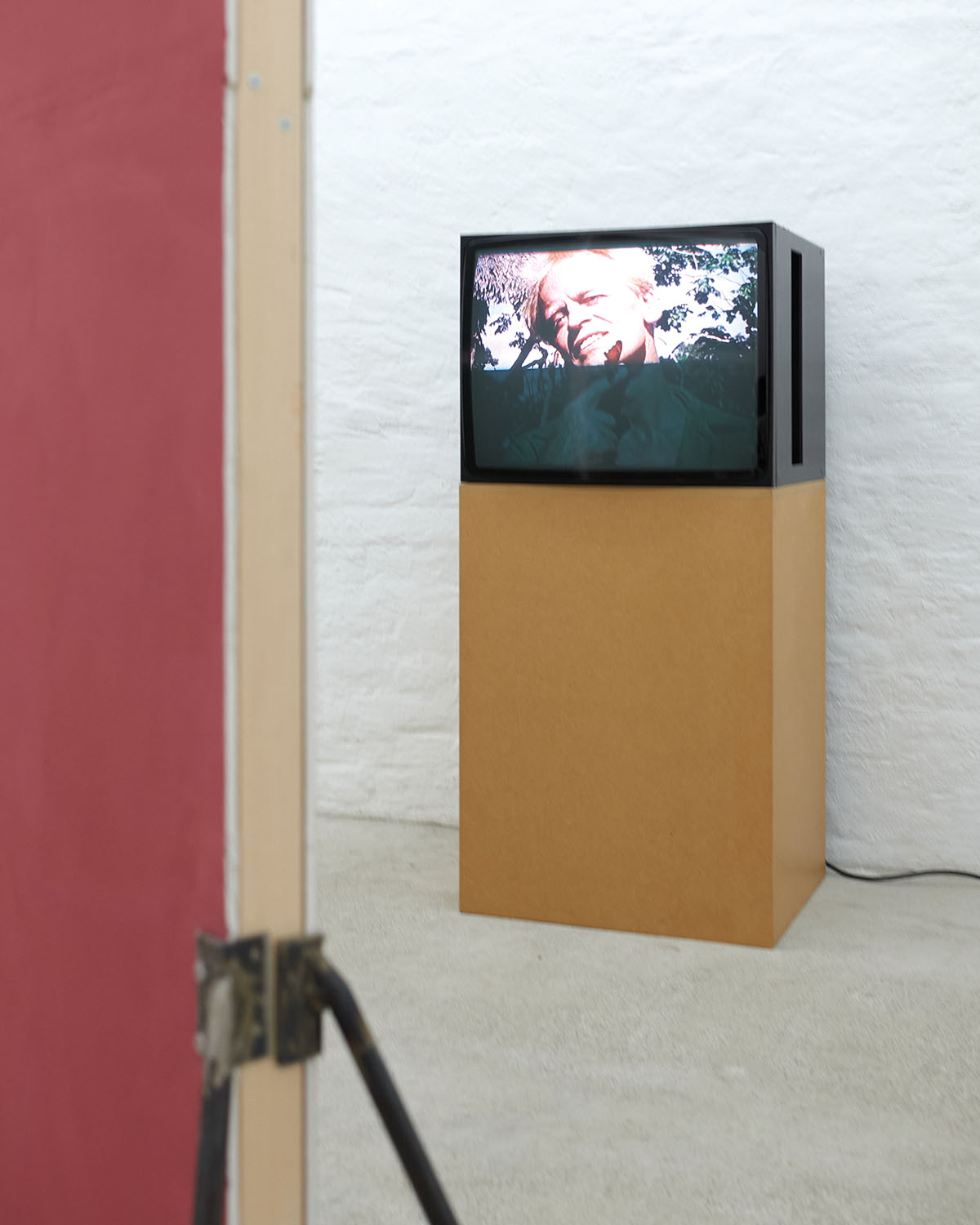
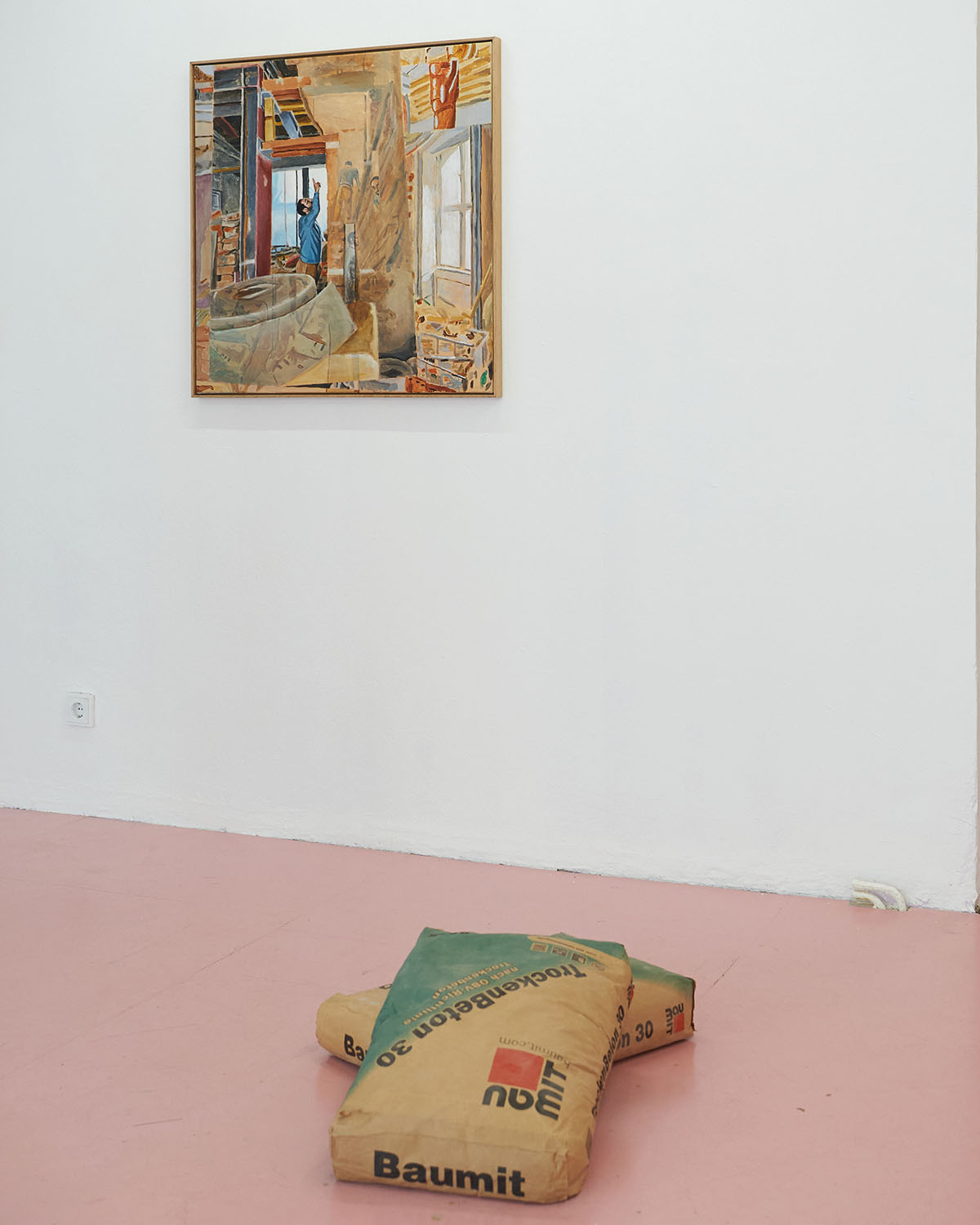
Not all spaces were included. Are there specific criteria for participation? And finally, how can a space get involved?
Bruno Mokross: We keep the whole thing unbureaucratic on purpose. The festival is not curated. An invitation to participate is extended to the almost 100 spaces that make up our network. This year, 59 of them have chosen to do so. Aside from the festival, we have been hosting monthly exchange meetings since 2017 and encourage networking between like-minded initiatives throughout the whole year. To become active in the network, it’s usually enough to reach out to us and request a listing.
What are the current realities of founding and sustaining independent art spaces in Vienna?
Francis Ruyter: I think the conditions are exceptionally good for independent art spaces here. Solidarity seems to outweigh comparison amongst the spaces, which for me represents a shift of priorities in relationship to earlier generations, which opens up enormous possibilities for what these spaces can achieve.
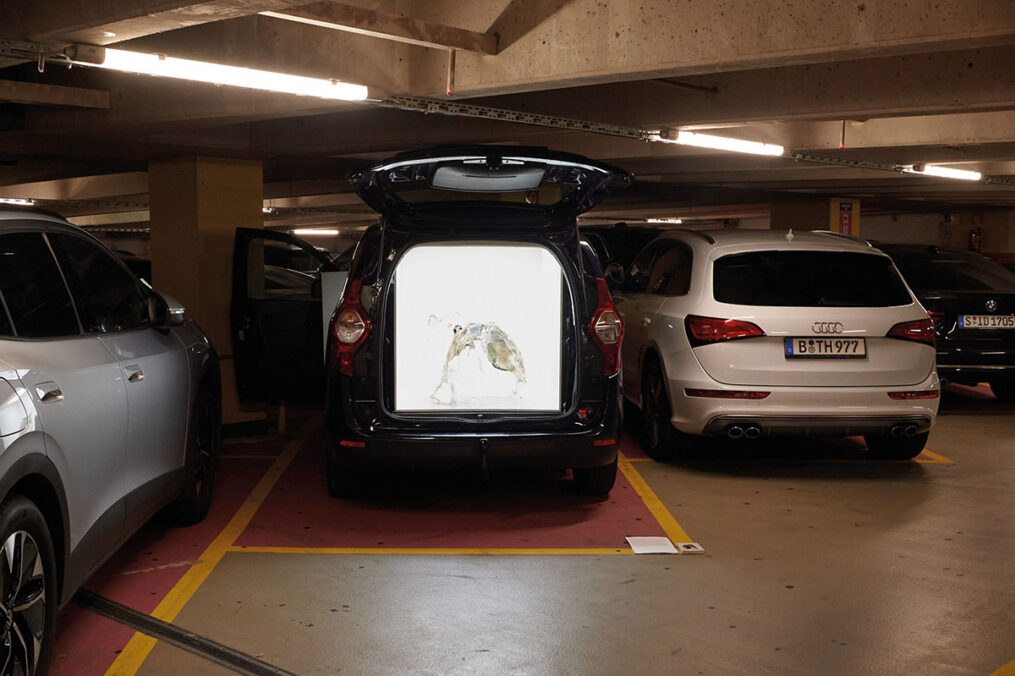
How important are institutions for the independent scenes and vice versa?
Francis Ruyter: There’s great potential for mutual support. There are things that smaller spaces can do that cannot be done in an institutional setting, and vice versa. We all inform each other in a healthy cultural environment. But I think before we discuss potentially divisive or inherently hierarchical things like support structures, we should first consider that there is great potential for mutual interest and discourse that opens up our capability for reflection that goes beyond cliché and projective narratives. In the end, this is what helps put art back in the center of the discussion.
I would like to acknowledge all the participating spaces, artists, curators, speakers, visitors, and the entire team helping us organise the festival and keep this an ongoing, year-round dialogue that goes far past this single weekend.
Independent Space Index – www.independentspaceindex.at
Independent Space Index is an initiative of Viennese independent spaces, aimed at increasing the visibility of independent artistic production, strengthening solidarity among like-minded cultural initiatives, and highlighting their contribution. The network and its festival have been the largest joint endeavour of independent art spaces in Vienna since its founding and first festival edition in 2018.
Bruno Mokross is an artist, curator, and software developer living and working in Vienna. He runs the independent exhibition space Pech and, in addition to various independent exhibition projects, he is one of the founders and main organizers of Independent Space Index.
Francis Ruyter, born in 1968 in Washington, DC, studied art in New York City and has had more than 30 solo exhibitions worldwide. His work is included in The Museum of Modern Art, New York City, The San Francisco Museum of Modern Art, Le Consortium, Dijon, and many other public collections. Ruyter has been active in Vienna’s art community since 2003, producing and presenting more than 30 exhibitions of artists at Galerie Ruyter and other spaces. He was a guest professor at the Academy of Fine Arts in Vienna in 2011-12 and is a member of the Association of Visual Artists of the Vienna Secession as well as the founder of the Independent Space Index initiative and Festival.



